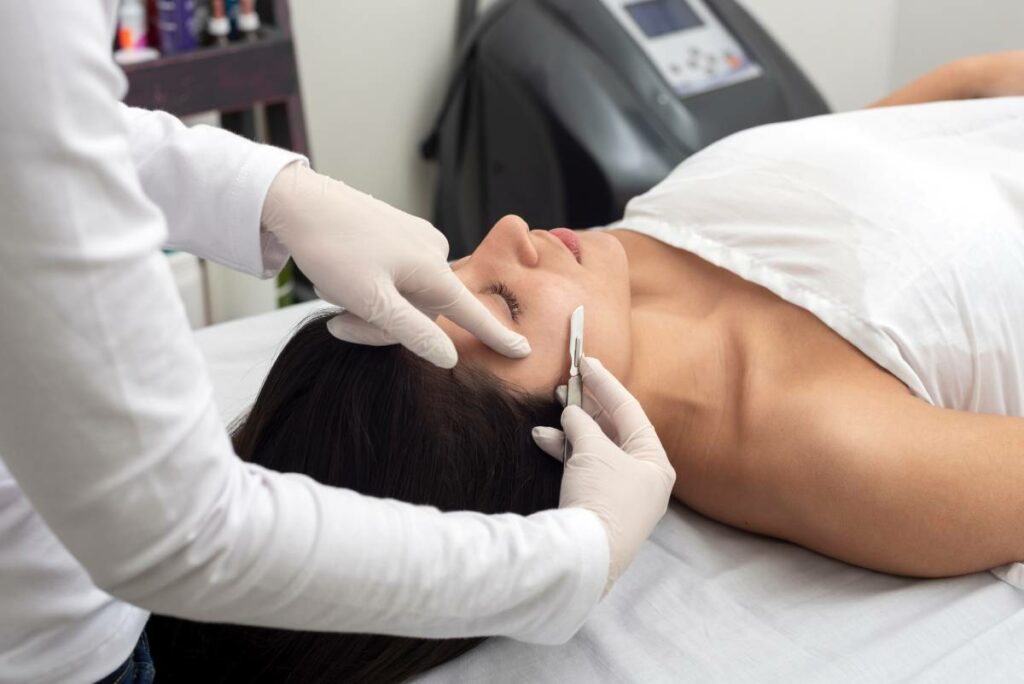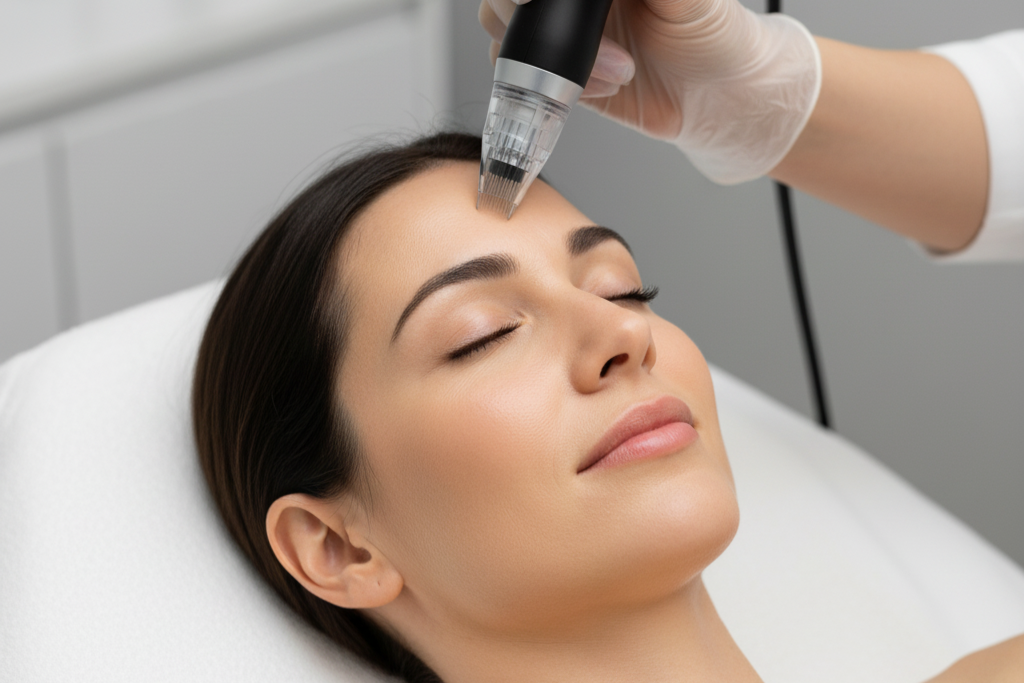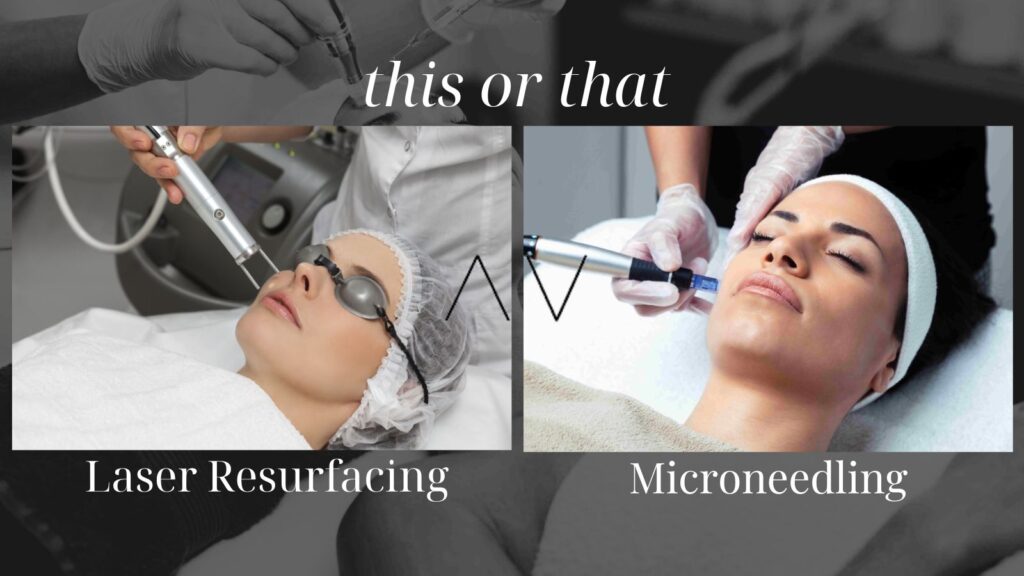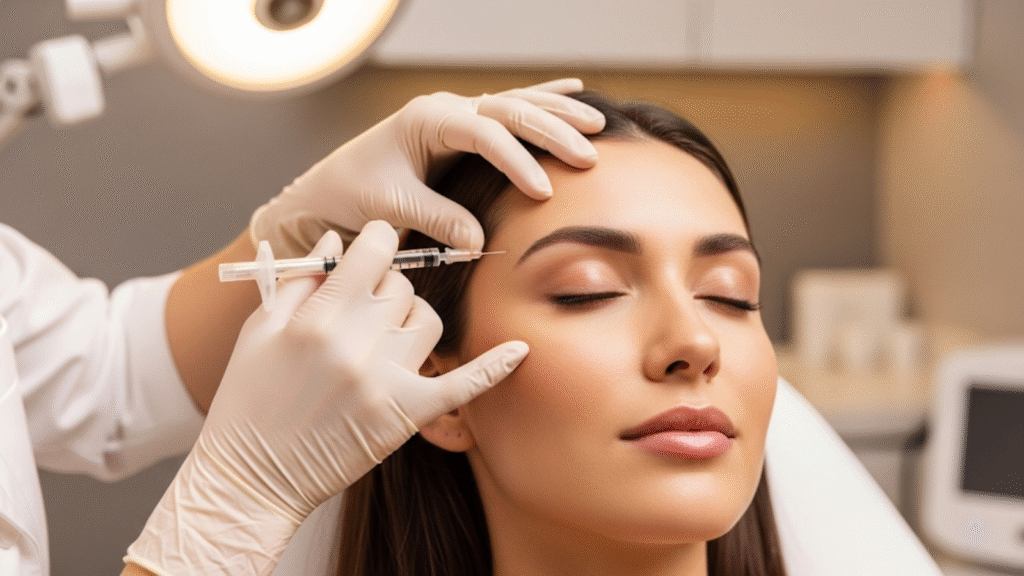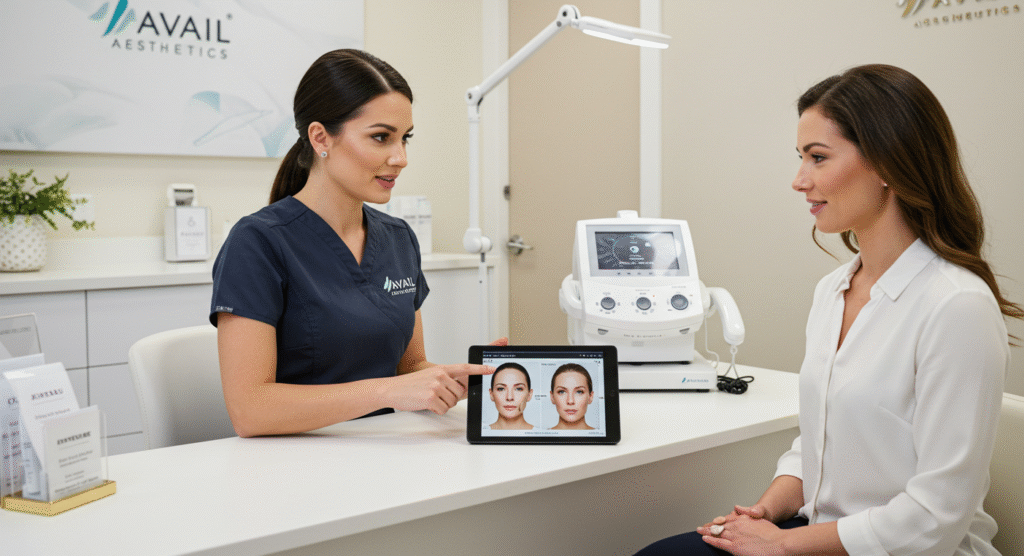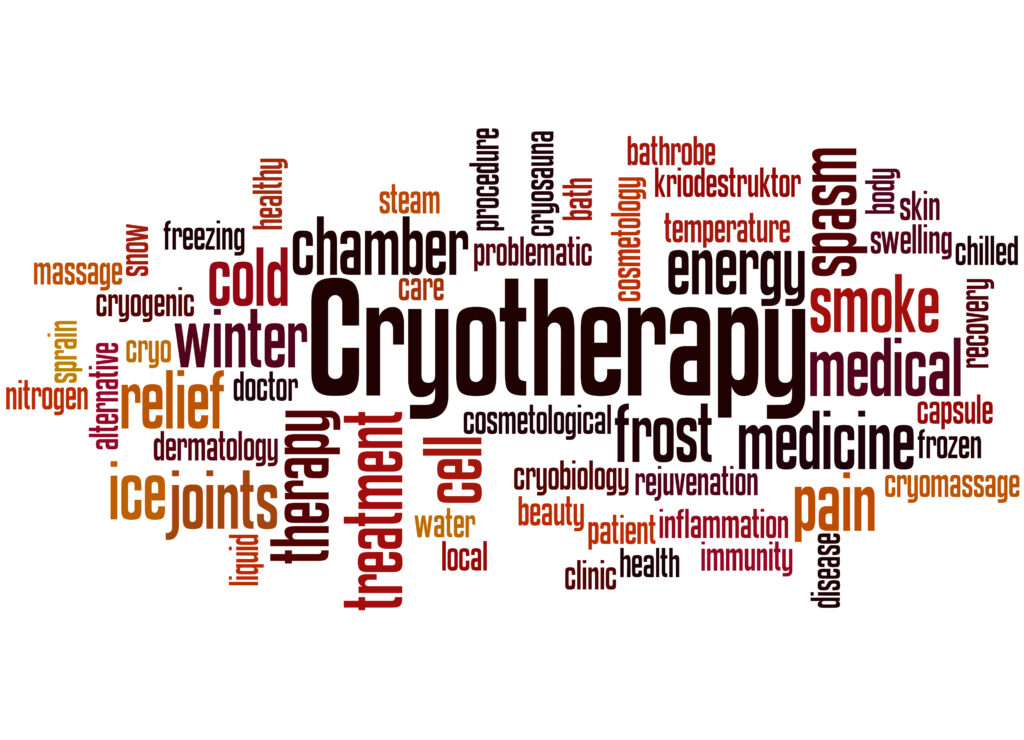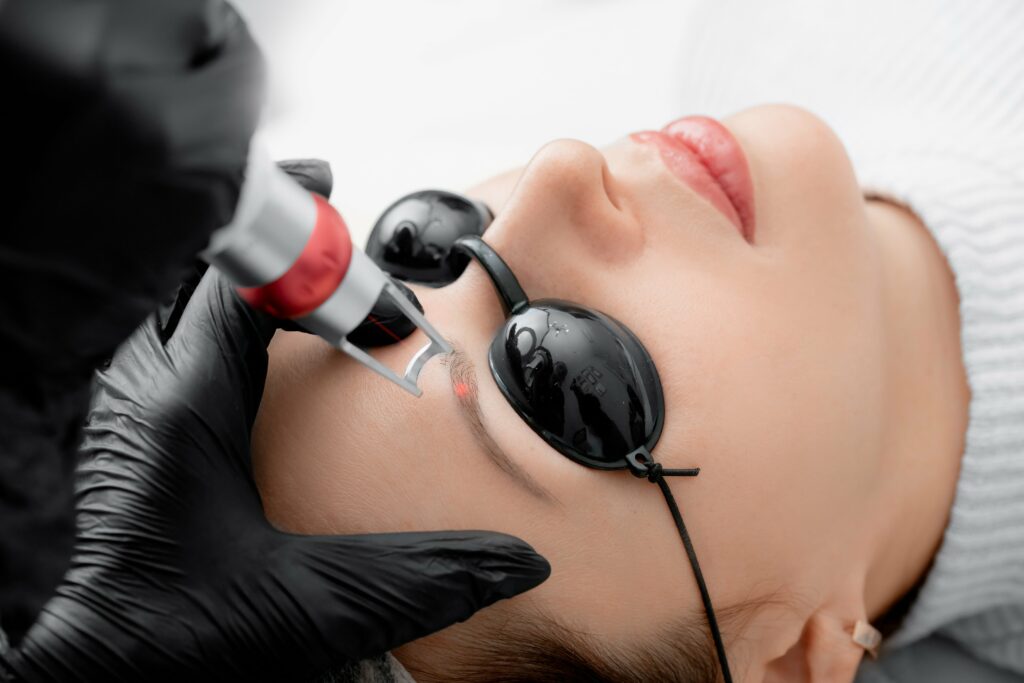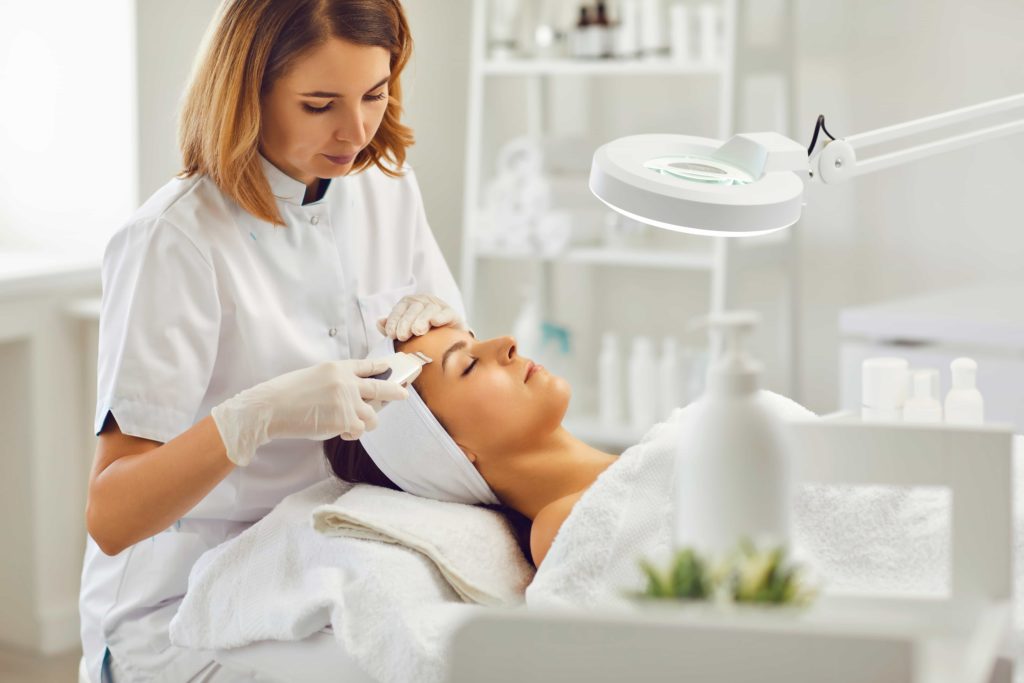Introduction
Dermaplaning has gained popularity as a skin rejuvenation technique, but many people wonder about its safety for different skin types and tones. This blog post will explore the benefits of dermaplaning treatment and address concerns about its suitability for various skin conditions. If you’re considering this treatment in Cary, NC, read more about dermaplaning and how it might benefit your skin.
What is Dermaplaning?
Understanding the Procedure
In dermaplaning, dead skin cells and fine vellus hair (peach fuzz) are gently scraped off using a sterile surgical scalpel. Trained professionals perform this procedure to leave the skin smoother, brighter, and more even-toned.
How Dermaplaning Works
With dermaplaning, dead skin cells and facial hair are removed by holding the skin taut and using short, gentle strokes. For those seeking quick skin rejuvenation, this procedure usually takes about 30 minutes with no downtime.
Safety Considerations for Different Skin Types
Dry and Normal Skin
Dermaplaning is generally safe and beneficial for dry and normal skin types. Exfoliation can help remove flaky skin and improve product absorption, leading to better hydration and a smoother complexion.
Oily and Combination Skin
Dermaplaning can also be beneficial for oily or combination skin types. The treatment can help remove excess oil and debris from the skin’s surface, potentially reducing the occurrence of clogged pores and breakouts.
Sensitive Skin
Those with sensitive skin should approach dermaplaning with caution. While the treatment can be gentle when performed correctly, it’s essential to consult a skin care professional to determine if it suits your skin concerns.
Acne-Prone Skin
Individuals with active acne should avoid dermaplaning until their breakouts have cleared. The scraping motion could potentially spread bacteria and worsen inflammation. When acne is under control, dermaplaning can improve the appearance and texture of the skin while reducing acne scars.
Dermaplaning for Different Skin Tones
Light to Medium Skin Tones
Dermaplaning is generally safe for light to medium skin tones. These skin types typically have a lower risk of post-inflammatory hyperpigmentation, making them good candidates for the treatment.
Darker Skin Tones
Dermaplaning can also be beneficial for people with darker skin tones, but they must take extra care. It is crucial to choose a skilled practitioner who understands the unique needs of melanin-rich skin because darker skin is prone to post-inflammatory hyperpigmentation.
Benefits of Dermaplaning Treatment
Improved Skin Texture and Tone
One of the primary benefits of dermaplaning is the immediate improvement in skin texture and tone. By removing dead skin cells and peach fuzz, the treatment reveals smoother, more radiant skin underneath.
Enhanced Product Absorption
Dermaplaning allows skin care products to penetrate deeper into the skin. As active ingredients are absorbed more effectively, your skincare routine can yield better results.
Makeup Application
Many people find that their makeup applies more smoothly and evenly after dermaplaning. When dead skin cells and peach fuzz are removed, a smoother canvas is created for applying makeup.
Non-Invasive and Quick
Dermaplaning is a non-invasive procedure that requires no downtime. This makes it an attractive option for those looking for a quick skin refresher without needing recovery time.
Potential Risks and Side Effects
Dermaplaning is generally safe, but there are some risks and side effects to be aware of:
- Temporary redness or irritation
- If not performed properly, there is a slight risk of nicks or cuts
- Potential for breakouts in acne-prone skin
- If not done correctly, there is a risk of hyperpigmentation in darker skin tones
To minimize these risks, choosing a qualified and experienced practitioner for your dermaplaning treatment is crucial.
Preparing for Your Dermaplaning Treatment
Consultation
Before undergoing dermaplaning, schedule a consultation with a skincare professional. Depending on your skin type, concerns, and medical history, they can determine whether the treatment is right for you.
Pre-Treatment Care
In the days leading up to your treatment:
- Avoid sun exposure and tanning
- Stop using retinoids or other strong exfoliants
- Inform your practitioner of any recent procedures or skin conditions
Post-Treatment Care
After your dermaplaning session:
- Use gentle, non-irritating skincare products
- Apply sunscreen diligently
- Avoid heavy sweating or excessive heat for 24-48 hours
Conclusion
Dermaplaning can be a safe and effective treatment for many skin types and tones when performed by a skilled professional. The benefits of dermaplaning treatment include improved skin texture, enhanced product absorption, and a smoother canvas for makeup application. However, it’s essential to consider your skin needs and potential risks before undergoing the procedure.
If you’re in the Cary, NC, area and interested in exploring dermaplaning as a skin rejuvenation option, consider contacting Avail Aesthetics. Our experienced team can provide personalized advice and determine if dermaplaning is the right choice for your skincare goals. Contact us today to schedule a consultation and take the first step towards smoother, more radiant skin.
